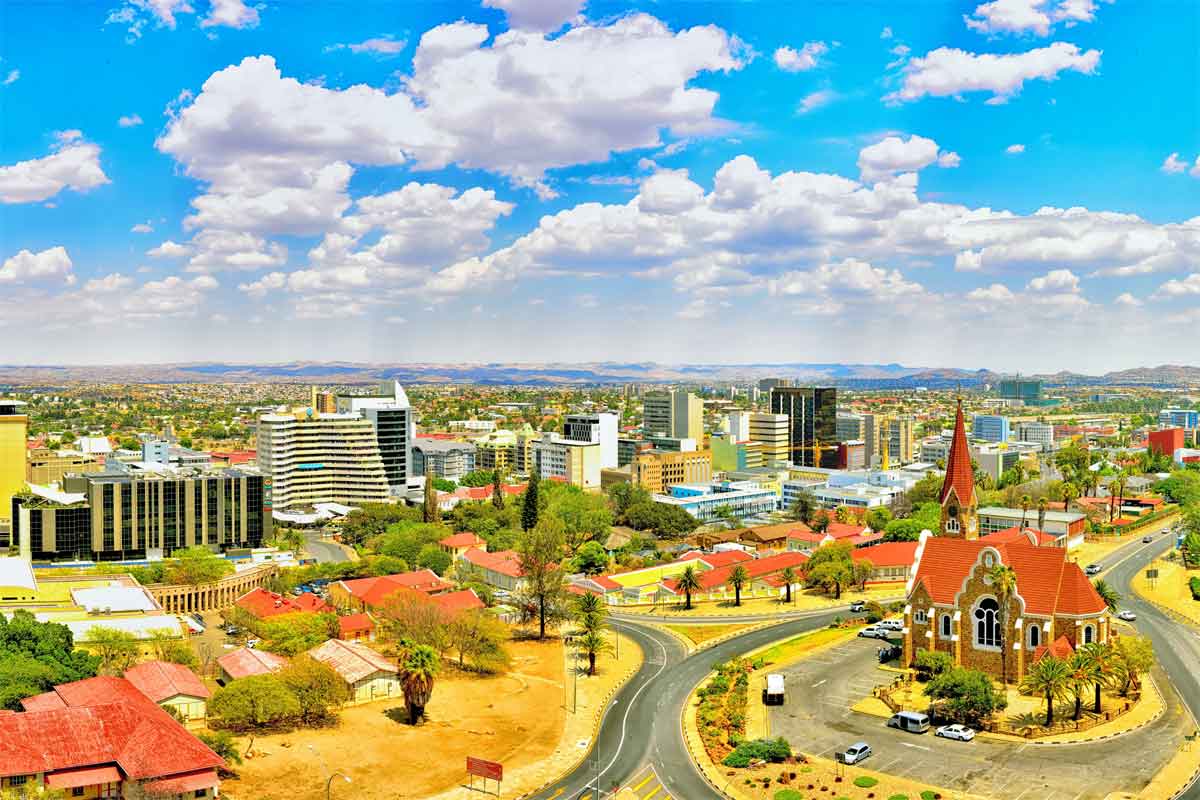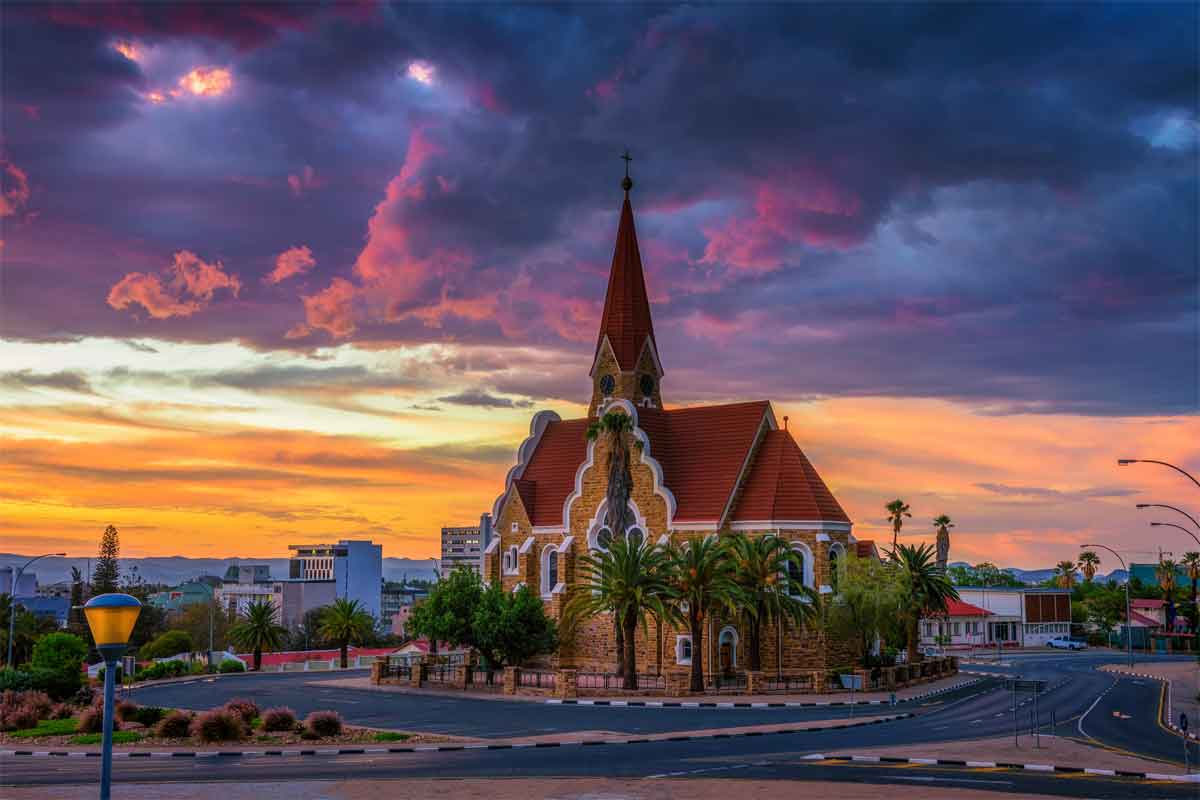Ancient Desert Lands
NAMIBIA SAFARI
Namibia is characterised by vast open spaces, breathtaking scenery and great contrasts – ocean, dunes, mountains and deserts. This vast desert country of rolling dunes and swirling mists stirs the spirit and moves the heart. Even in the vast emptiness of the country, there is wildlife to be found.
Africa’s largest game park, the Namib-Naukluft Park, is a must-see, with its magnificent sea of rolling red dunes at Sossusvlei. Etosha National Park is one of Africa’s great parks in both size and diversity of wildlife. The Namib Deserts’ gigantic sand dunes feature on safaris to Namibia, along with the shipwreck strewn Skeleton Coast, remote areas like Damaraland and the wildlife of Etosha. In the country’s far northeastern pocket is the captivating and largely unexplored Zambezi Region (formerly Caprivi Strip) where the waters that feed the Okavango Delta pass through, creating a lush water paradise.
Namibia is a country that experiences over 330 days of sunshine. It is a wonderful country to visit throughout the year. The dryer May to October is great in Etosha, with animals congregating around the waterholes. In June and July, the nights are freezing and in September and October, the days are sweltering. Localised afternoon thunderstorms form the summer rains between November and April. The country can turn green overnight, with newborn babies and migratory birds around.
A Namibia safari holiday is perfect for wildlife enthusiasts, intrepid travellers, and self-drive aficionados. Namibia is a well functioning safe country to visit with warm and welcoming people. There is a network of small charter flights that connect the wild places of Namibia with each other and with Windhoek, creating a perfect luxury safari flying circuit. You can also rent a 4×4 and spend a longer time exploring the countryside, staying at beautiful safari lodges. The more intrepid can rent a fully kitted out camping 4×4 and embark on a do-it-yourself tour. There are also small group guided tours you can enjoy.
WHERE TO GO ON YOUR NAMIBIA SAFARI
Sossusvlei & Namib-Naukluft National Park
One of the oldest, driest and most pristine areas on earth and home to an ocean of enormous red sand dunes that is Sossusvlei, the Namib-Naukluft is one of the largest parks in Africa. Sossusvlei and the surrounding areas like Dead Vlei are some of the biggest attractions of Namibia. The scenery is spectacular. This area is home to some wildlife however walking and climbing the dunes, are some of the activities of the area. Be sure to climb the high dunes, some of which tower over 230m (750ft) high!
It is in this area that the only International Dark Sky Reserve in Africa is found, an area that meets the criteria of sky quality and natural darkness. Many of the lodges in the area have star gazing or sleep out decks so you can enjoy the blazing skies for yourself.
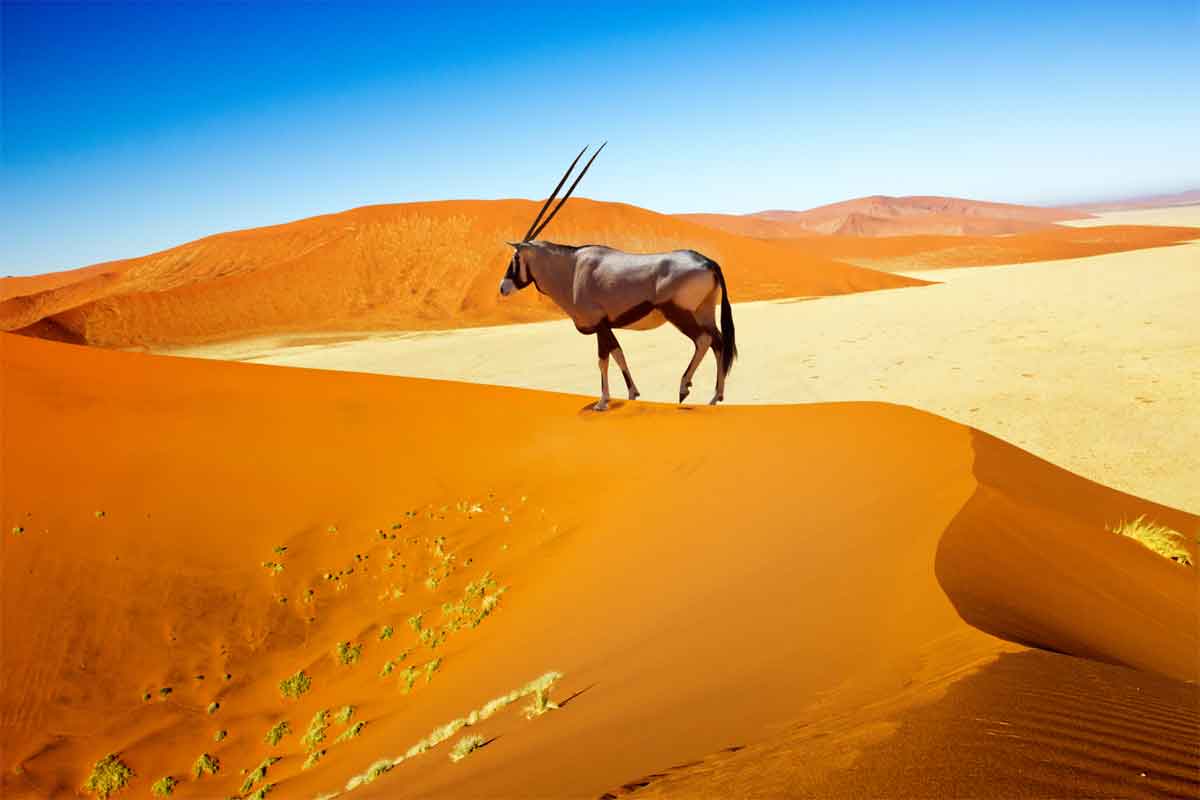
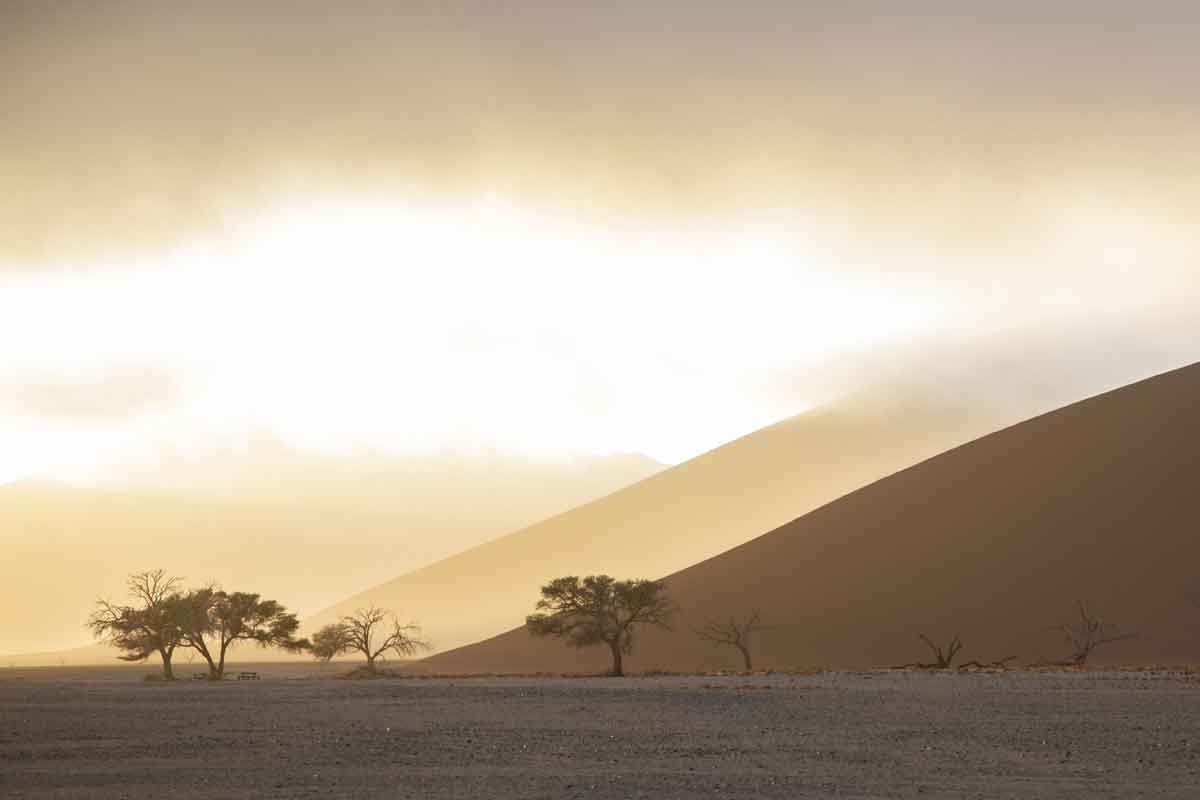
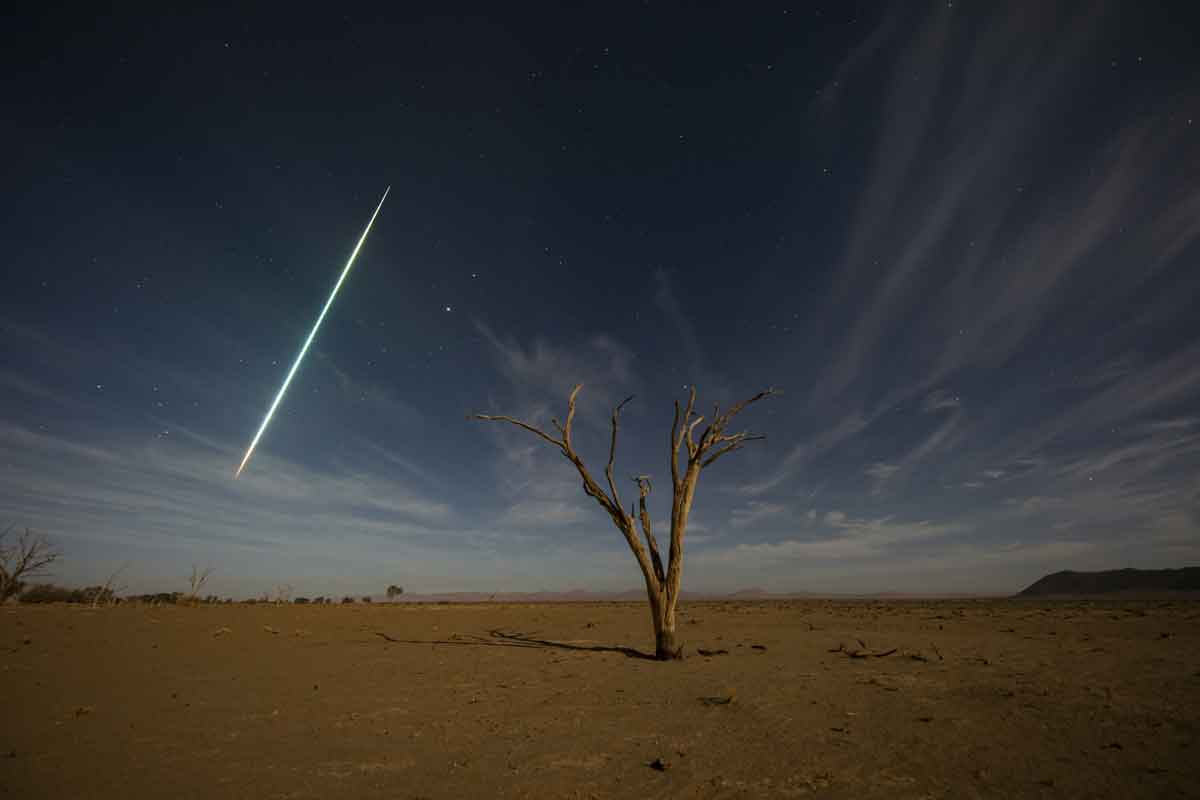
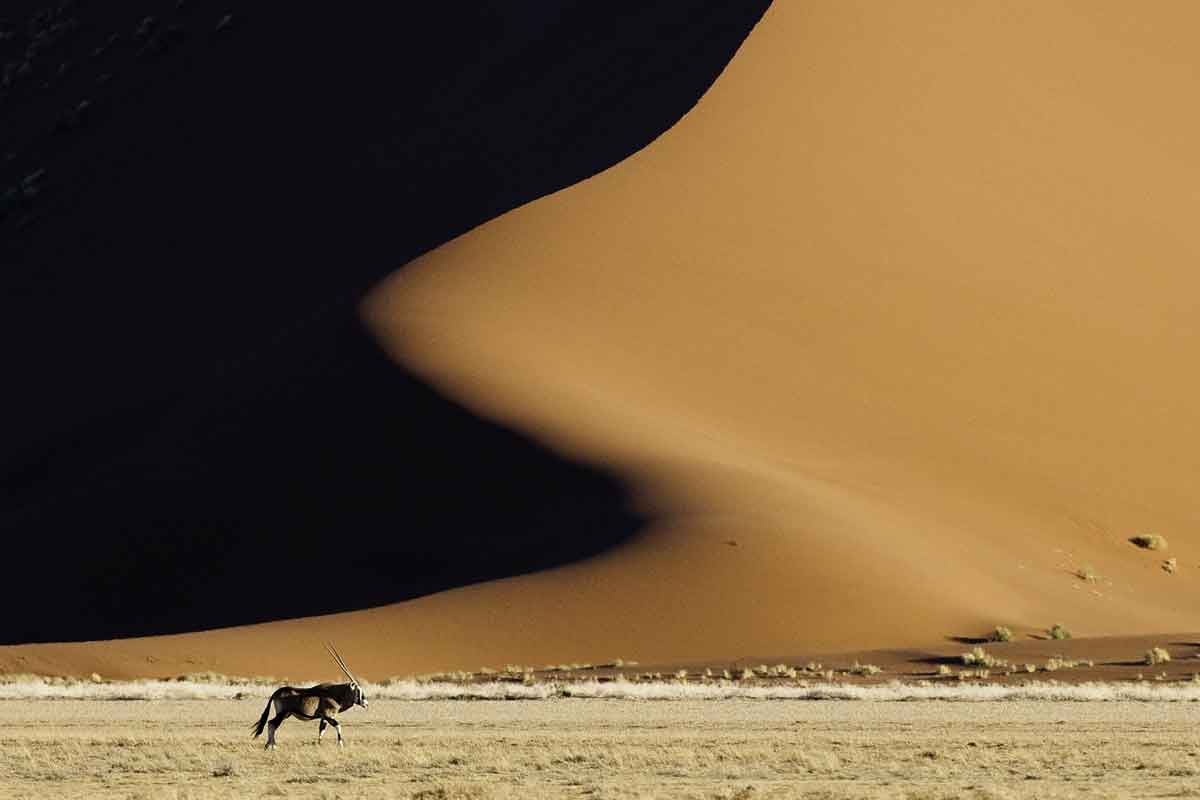
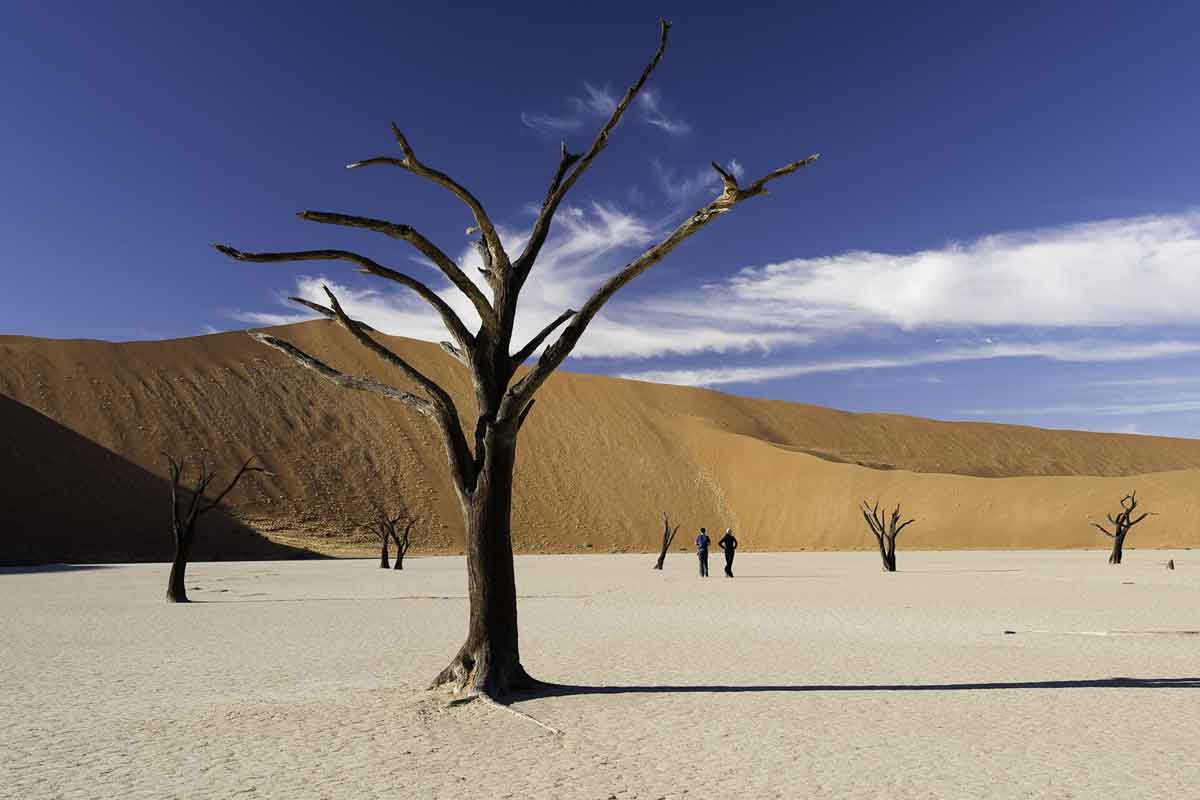
Etosha National Park
Etosha is Namibia’s prime wilderness conservation area. Spanning a vast 22,300 square kilometres (8,610 square miles), it consists mostly of grassy plains around the huge Etosha Pan, which becomes a beautiful lake after heavy rains and attracts large flocks of pink flamingos. The name Etosha translates to “Great White Place” from the white sand in the dry pan. During the dry season, animals congregate around the waterholes, giving visitors an epic view. Etosha is home to elephants, lions and more, often covered in a fine layer of white dust! Etosha holds one of the largest, and perhaps the most stable, populations of black rhino in the world, as well as giraffes, and rare and unusual species like the black-faced impala, Hartmann’s mountain zebra or the smallest antelope in the world, the Damara dikdik.
There are numerous accommodation options to choose from on your Etosha Safari, from the self-catering park’s camps to private concessions around Etosha offering a luxury safari experience.
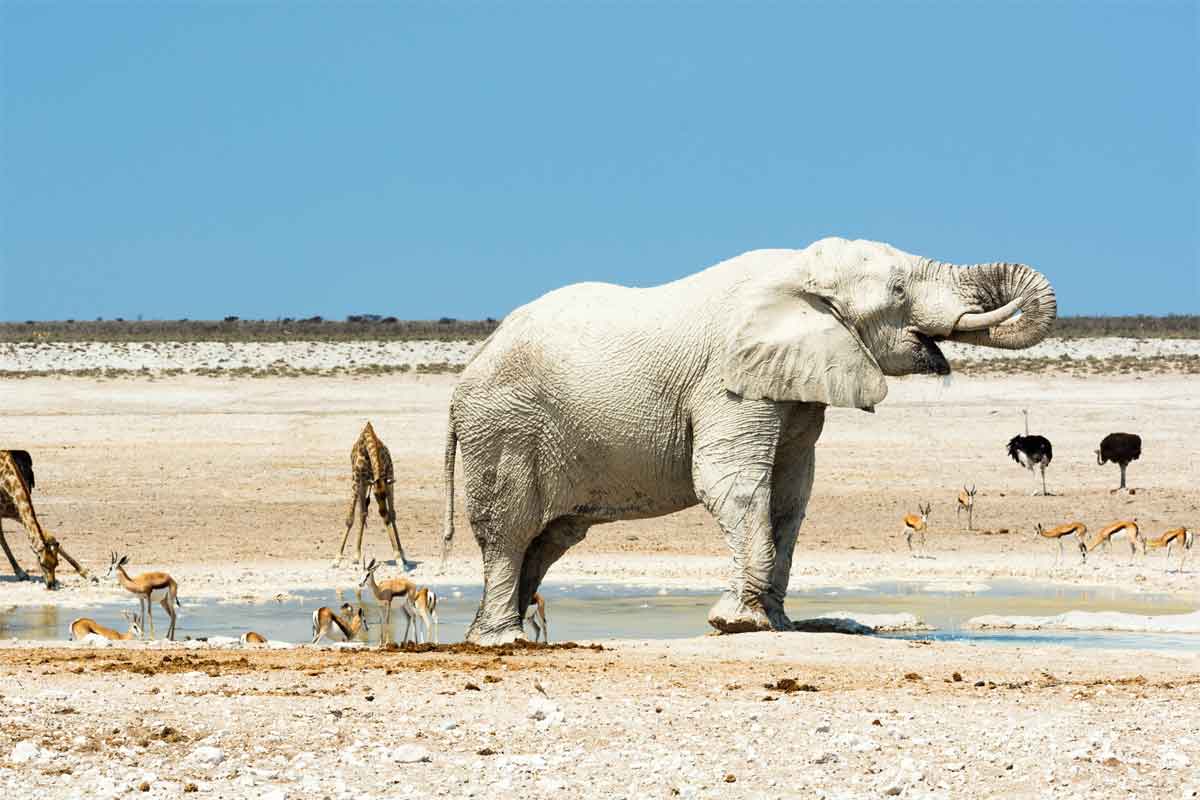
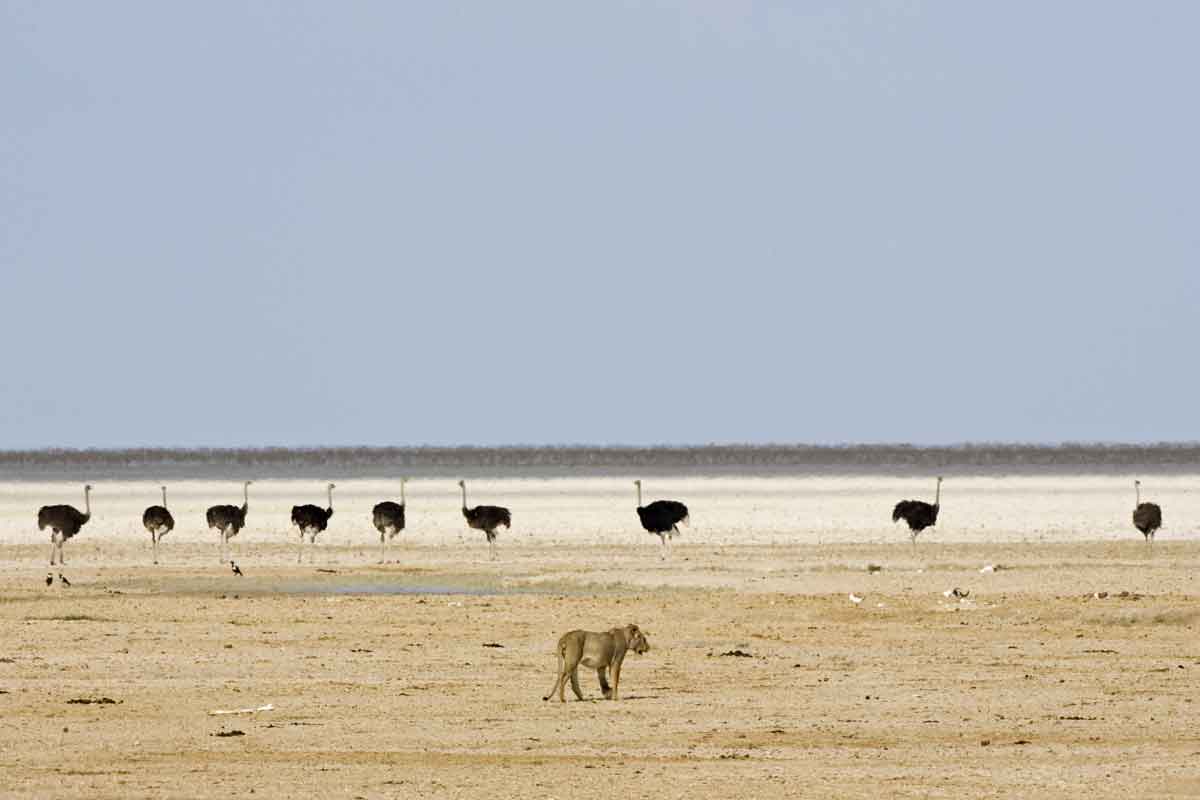
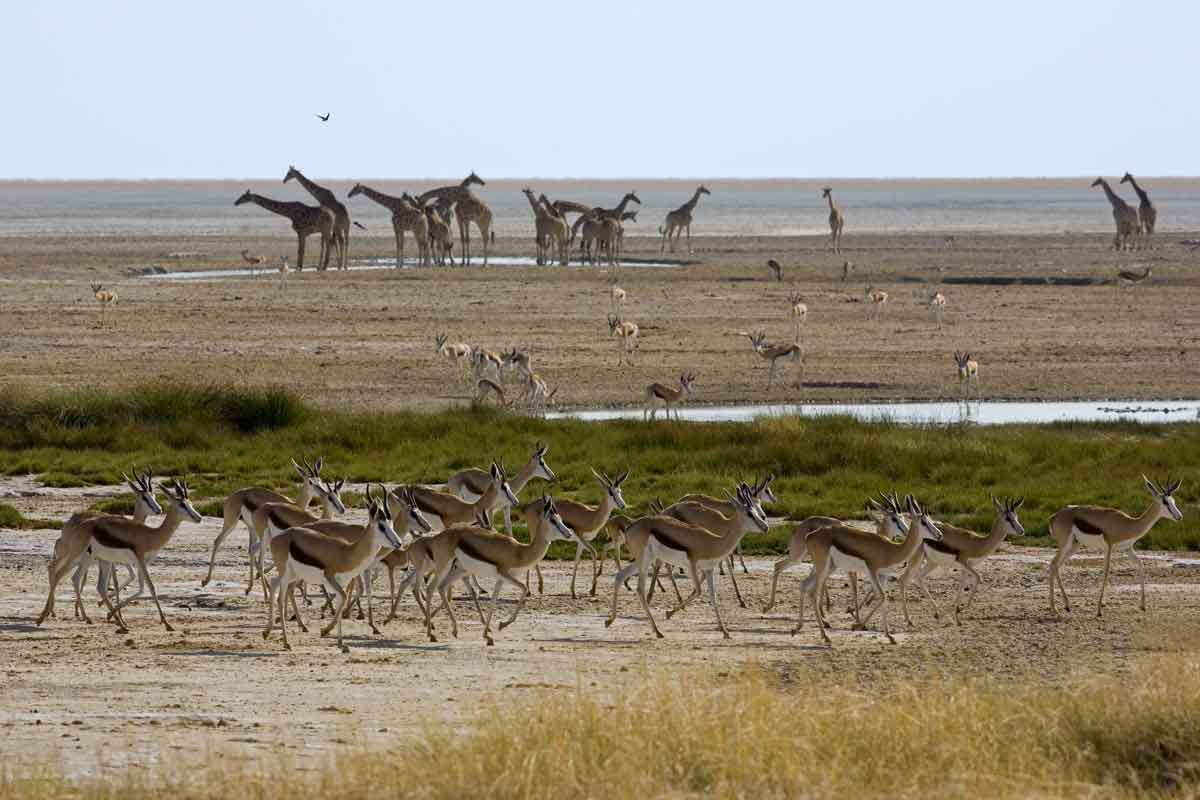
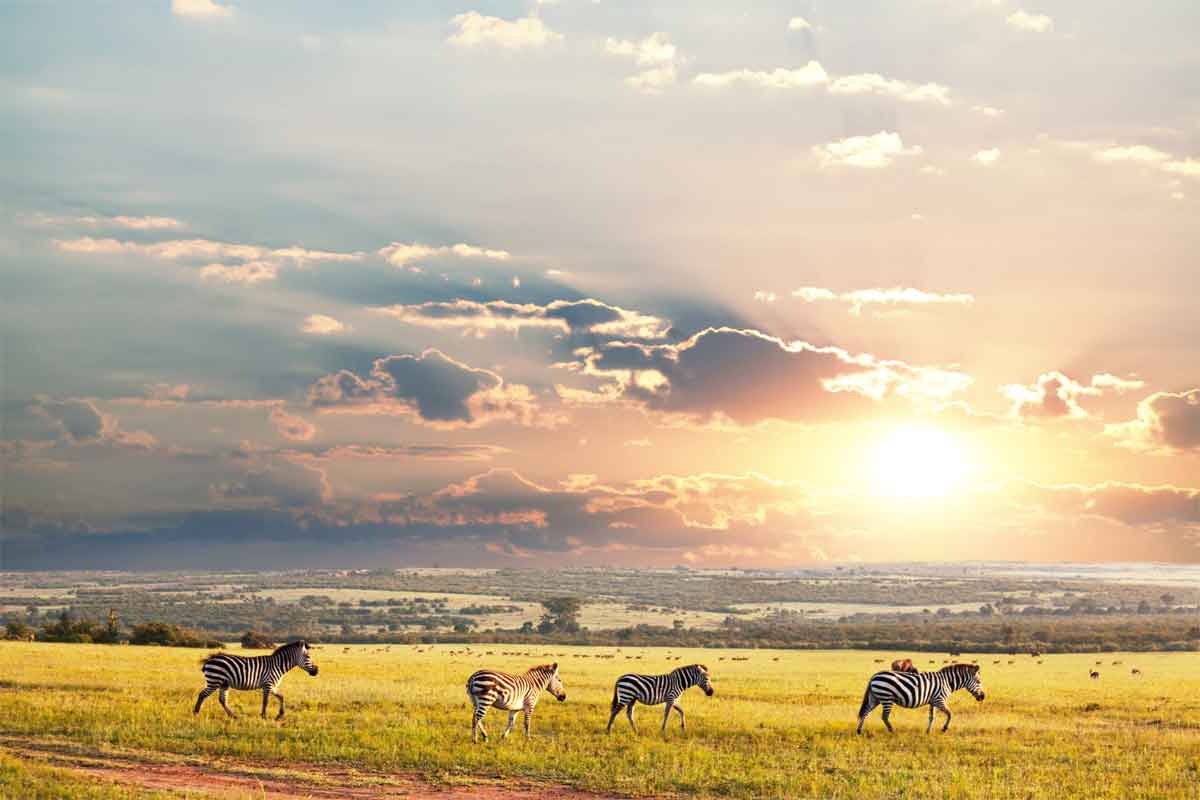
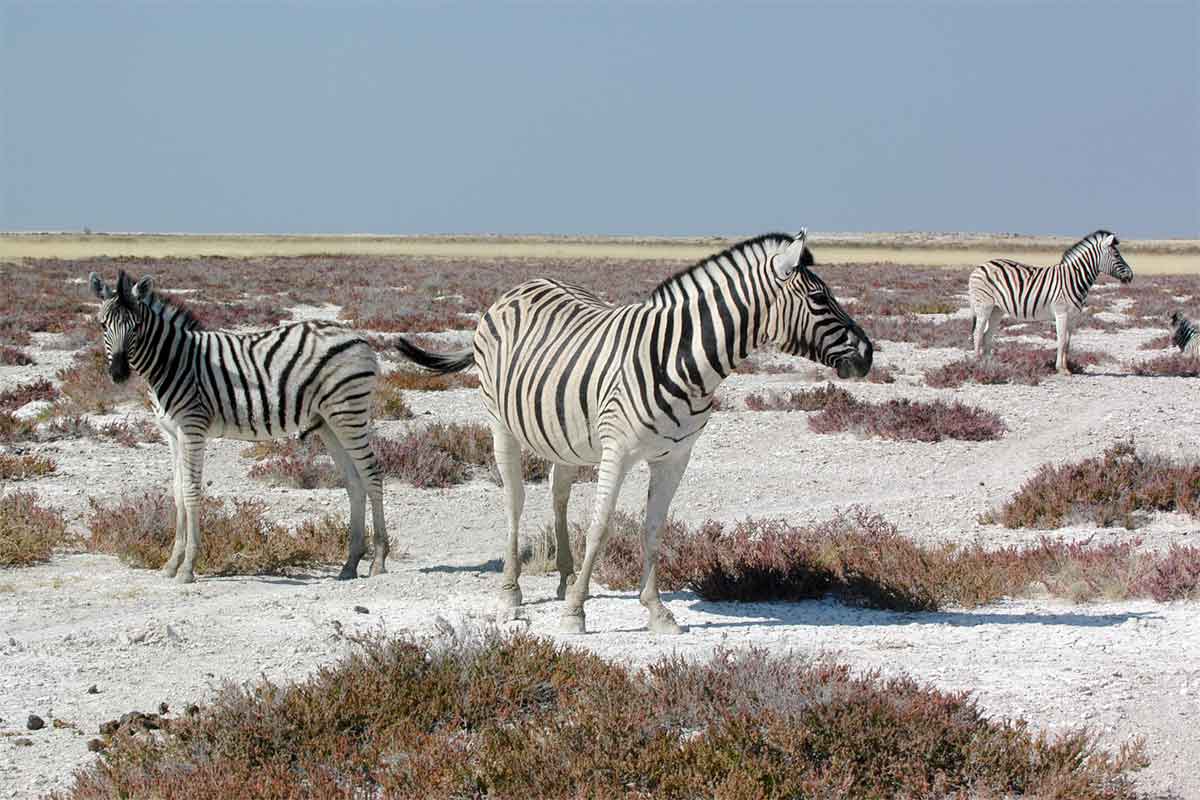
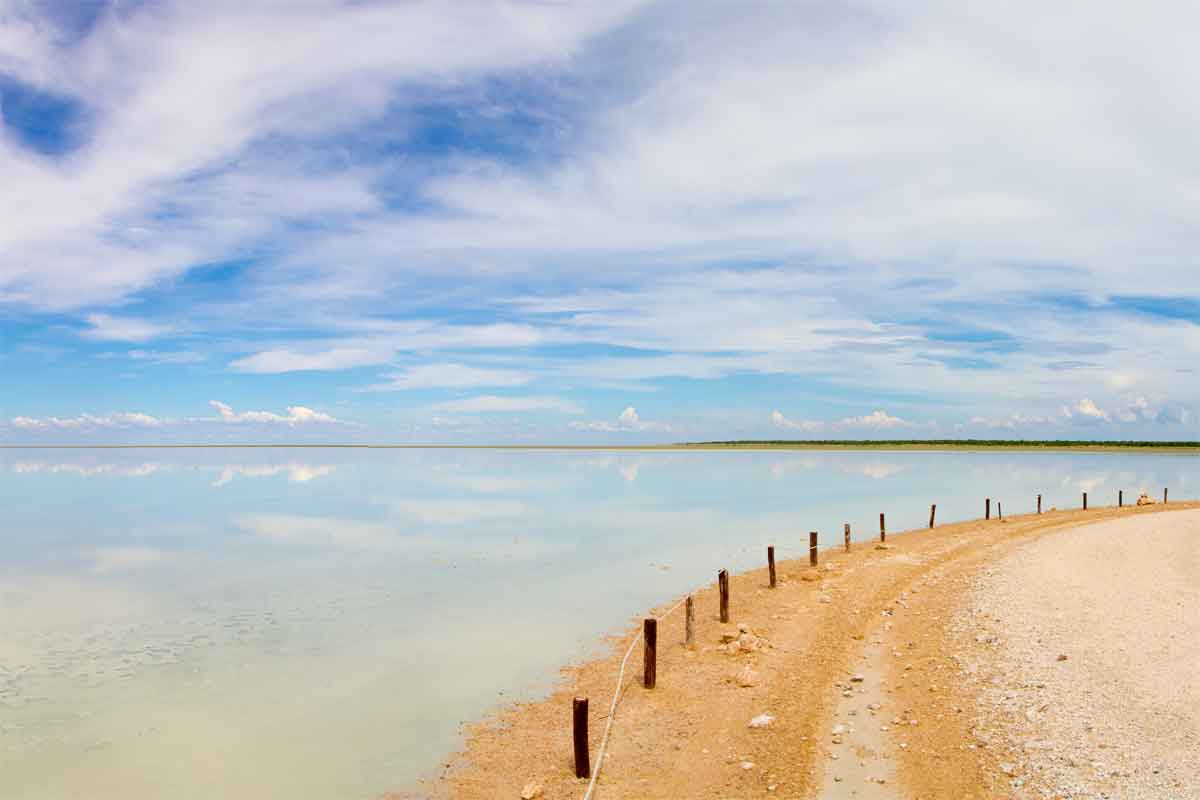
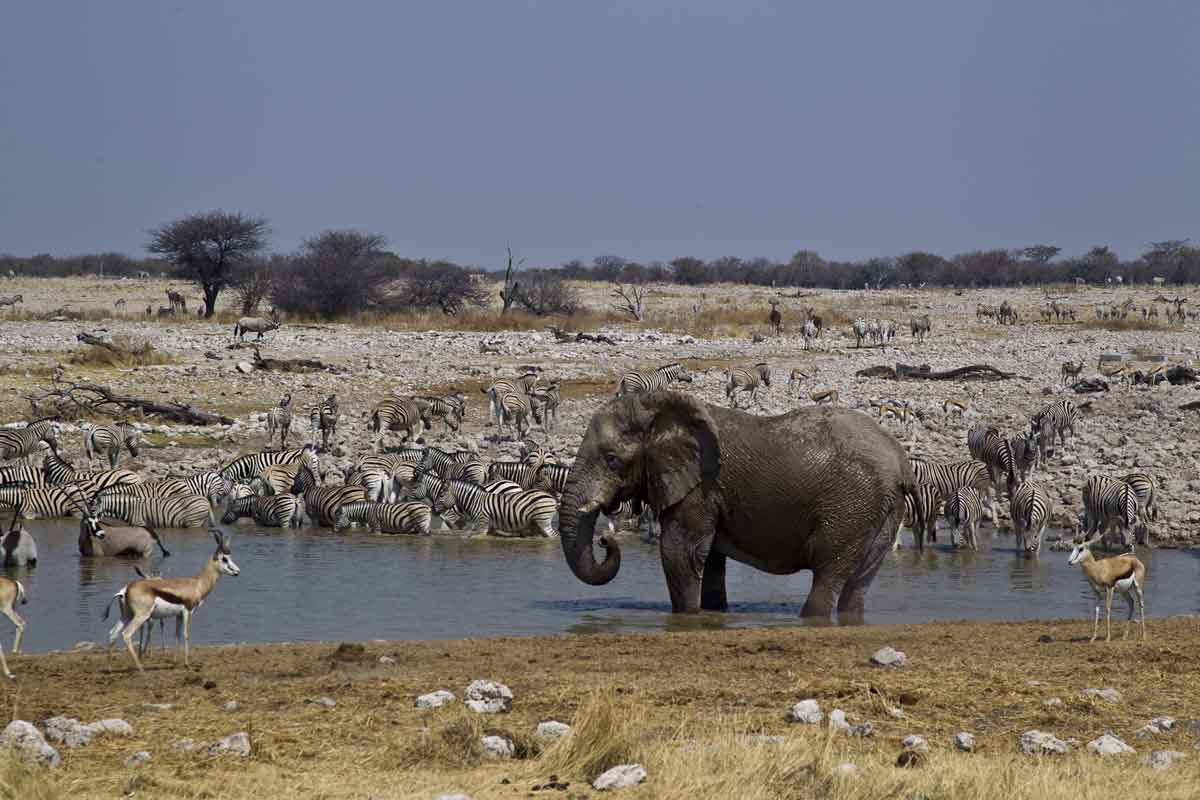
Damaraland
The huge, remote wilderness that is Damaraland stretches along the west of Namibia, southwest from Etosha and inland from the Skeleton Coastline. Expect dramatic mountain ranges, ancient rock art and some of the most spectacular scenery in Namibia. To explore on your own you will need a 4×4, otherwise stay at a lodge that has a range of activities. It is here that you can find the desert-adapted elephants and rhinos. There are also other animals to be found roaming freely in the area, including lions, brown hyena, giraffe, and more which eke out an existence in this near-barren landscape.
Deep ravines, cliffs and outcrops make up this landscape with The Spitzkoppe, an ancient volcano, one of the most recognised landmarks of Namibia. Another attraction is the picturesque Brandberg, Namibia’s highest mountain, boasting thousands of ancient rock paintings. The rocky outcrops of Twyfelfontein feature exceptional Bushmen engravings, numbering more than 2000, which are considered to be some of the best-preserved etchings on the continent.
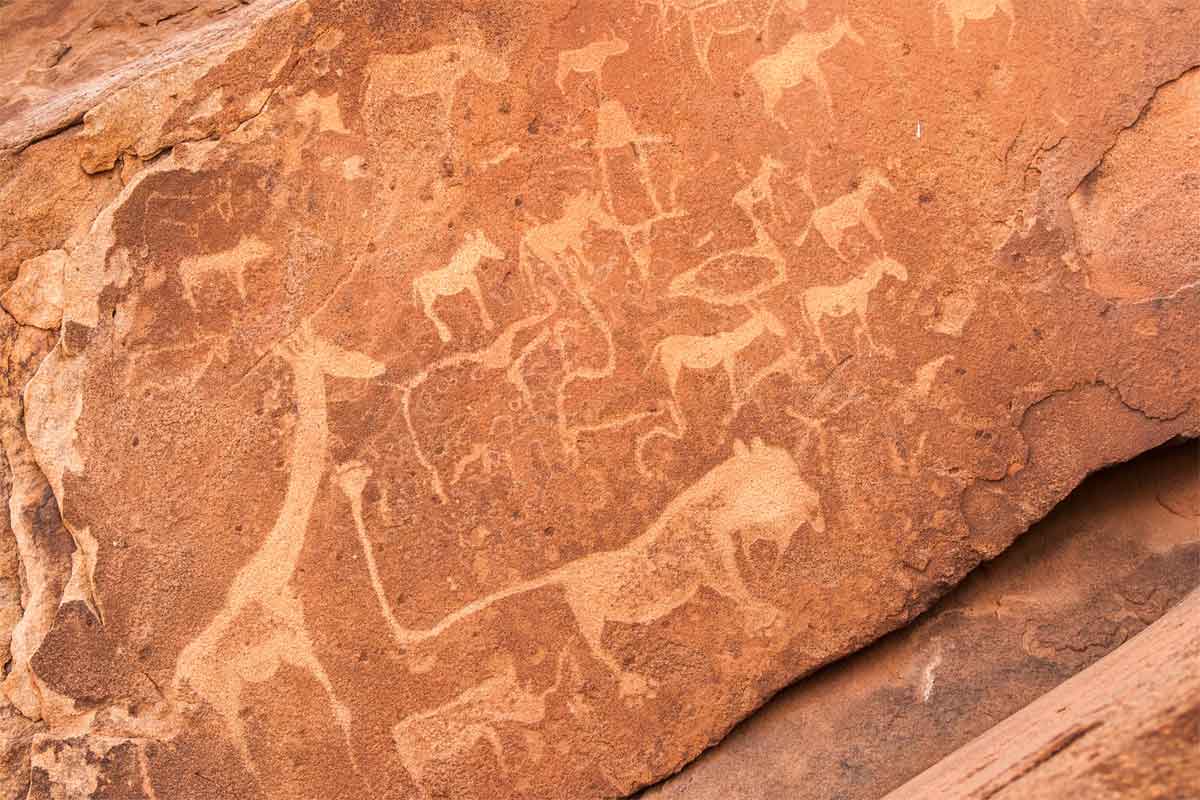
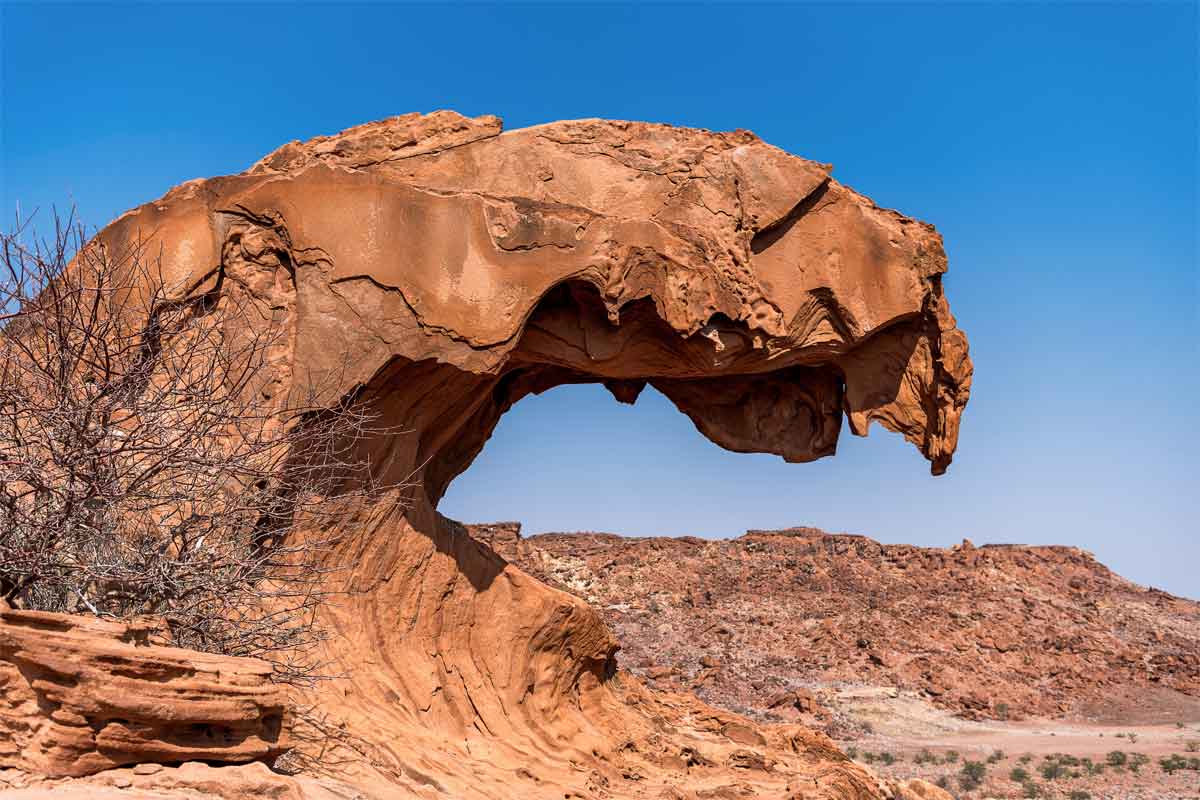
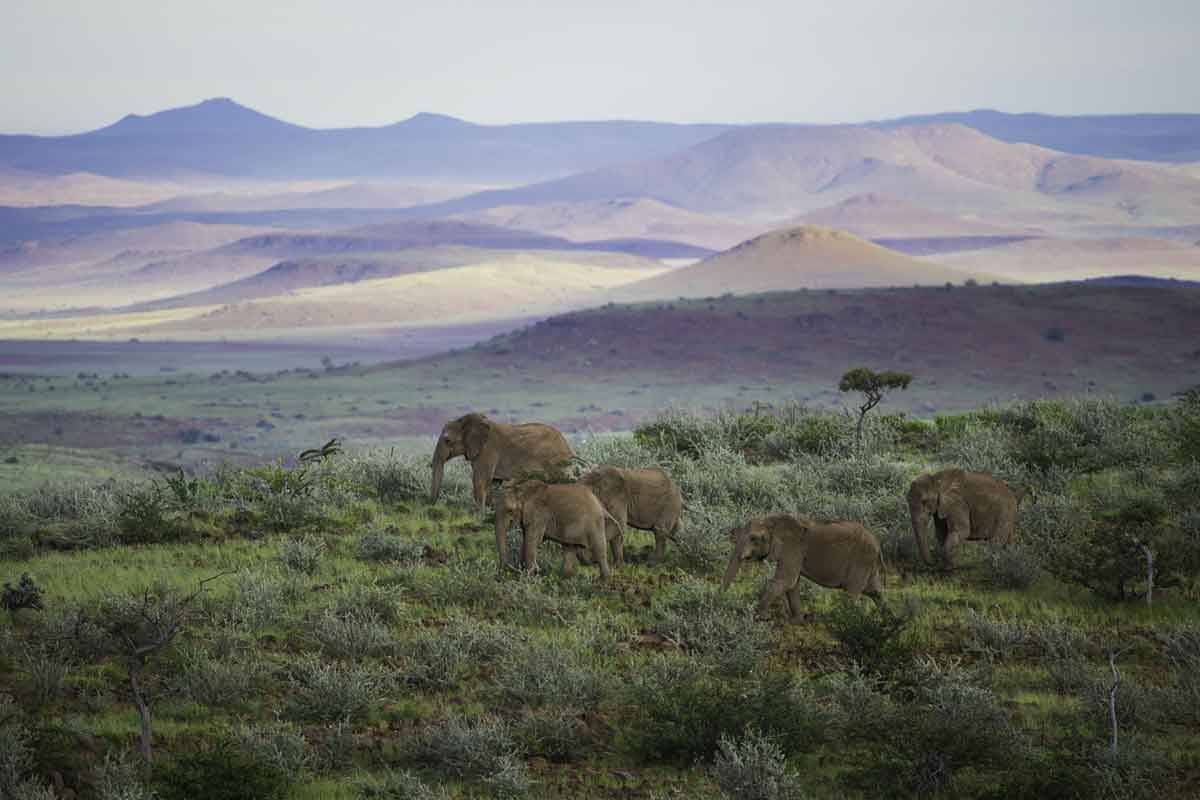
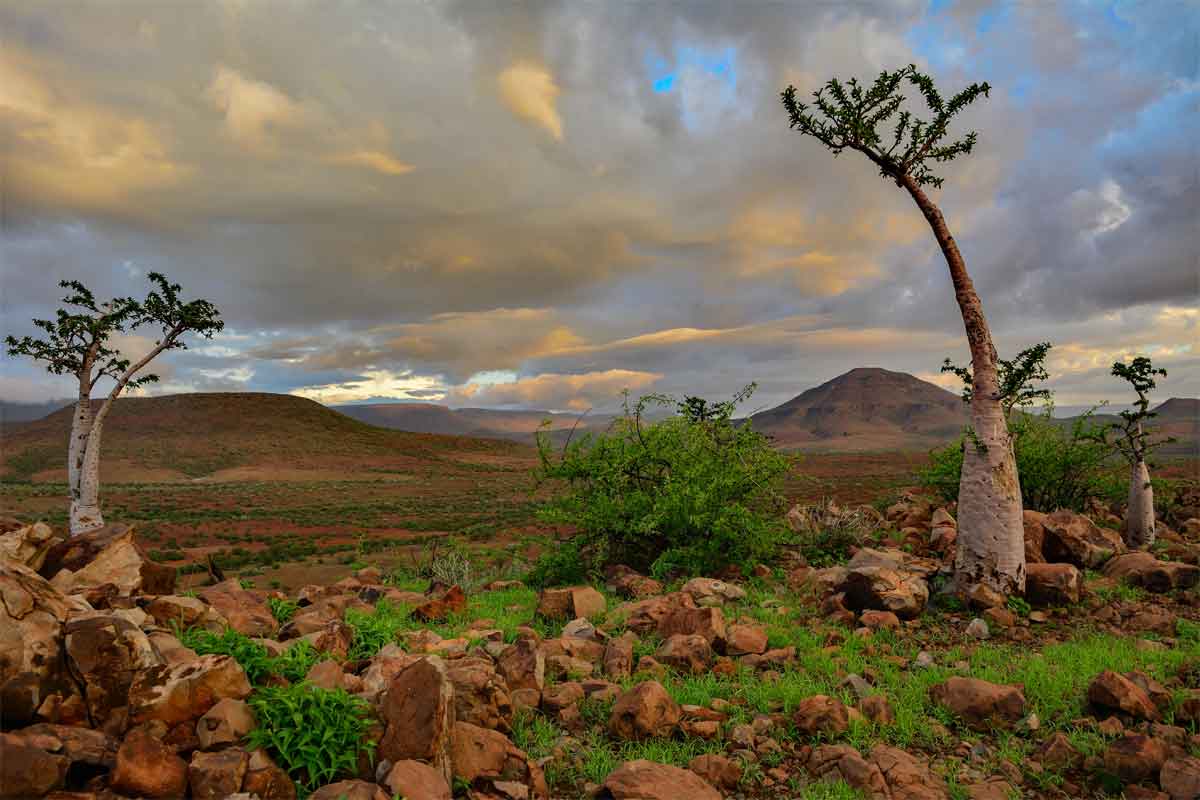
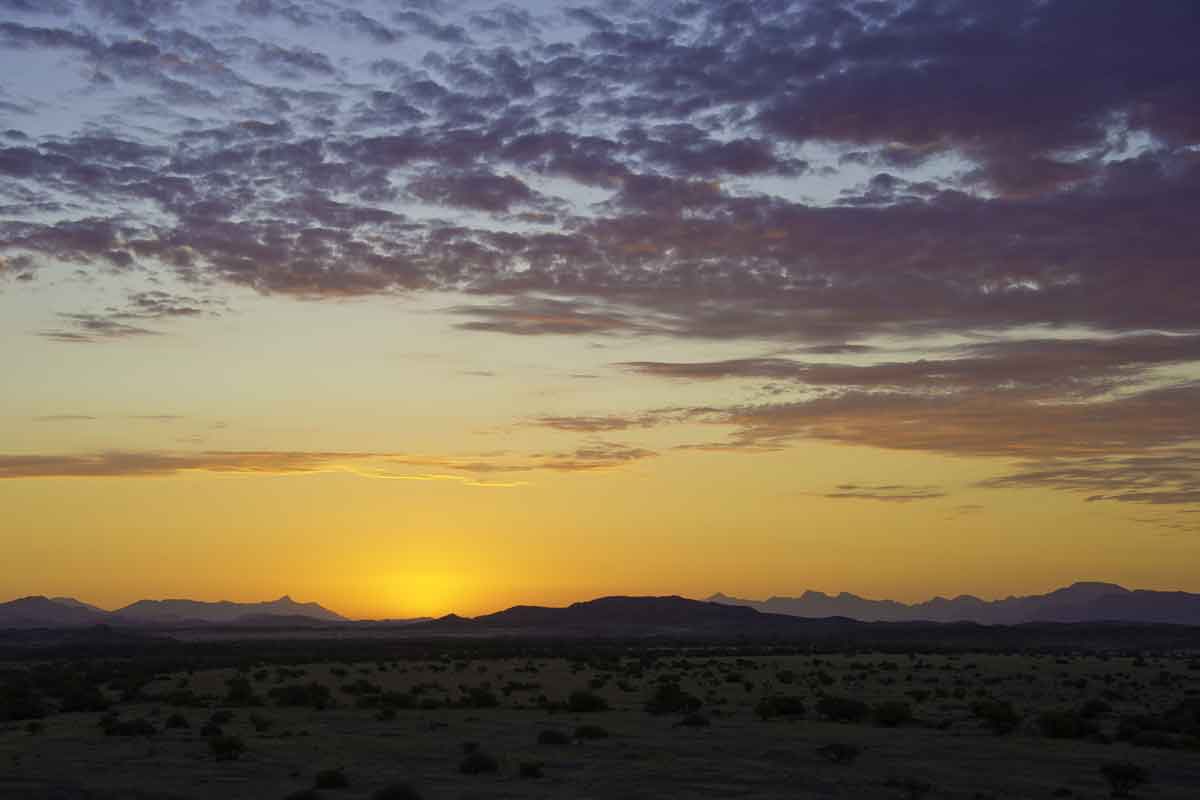
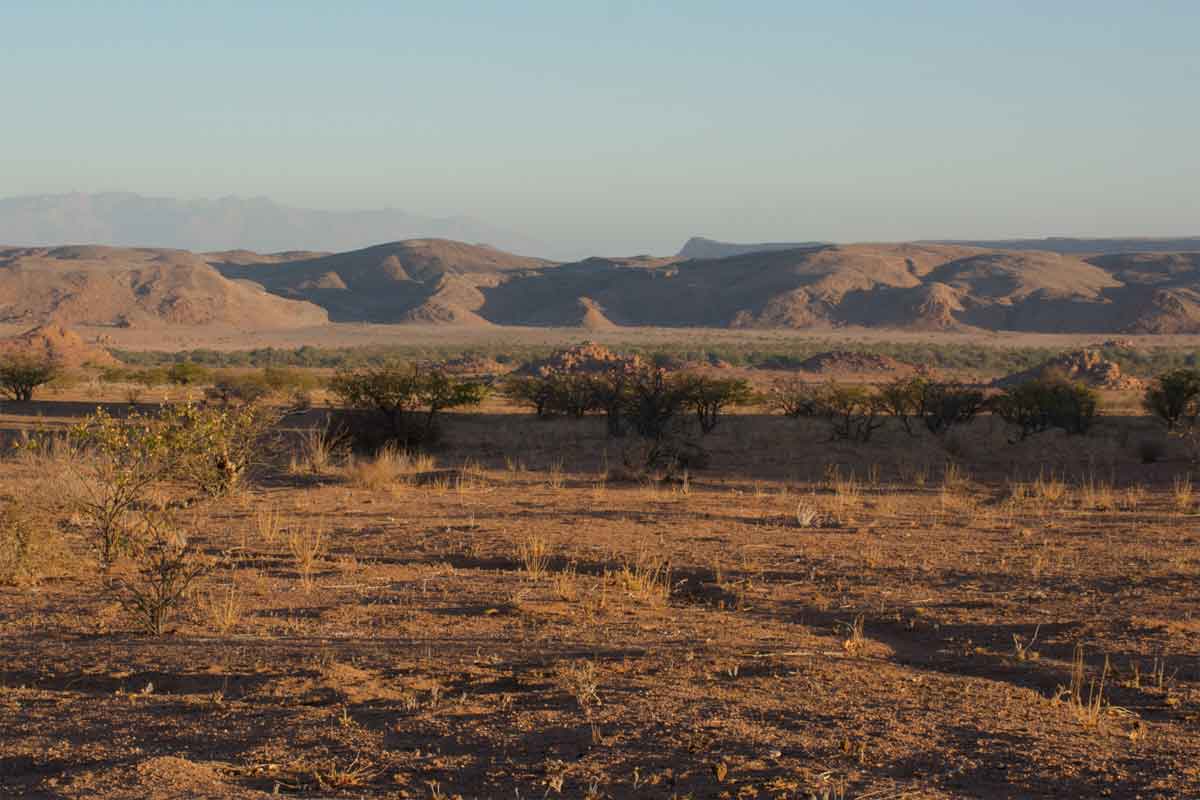
Skeleton Coast
The Skeleton Coast stretches from Swakopmund all the way up to the border with Angola. This inhospitable stretch of coastline is often shrouded in fog, making for dramatic vistas. The coast is littered with shipwrecks from the last few centuries. Visit the large seal colony at Cape Cross, home to thousands of Cape Fur Seals. The seals attracted jackals and hyena and you can often see dolphins and whales in the waters. Cape Cross is often visited on a day trip or en route to Damaraland. Some of the luxury lodges like the Hoanib Skeleton Coast camp will spend a day exploring the coast, while Shipwreck Lodge is a unique spot overlooking the Atlantic Ocean.
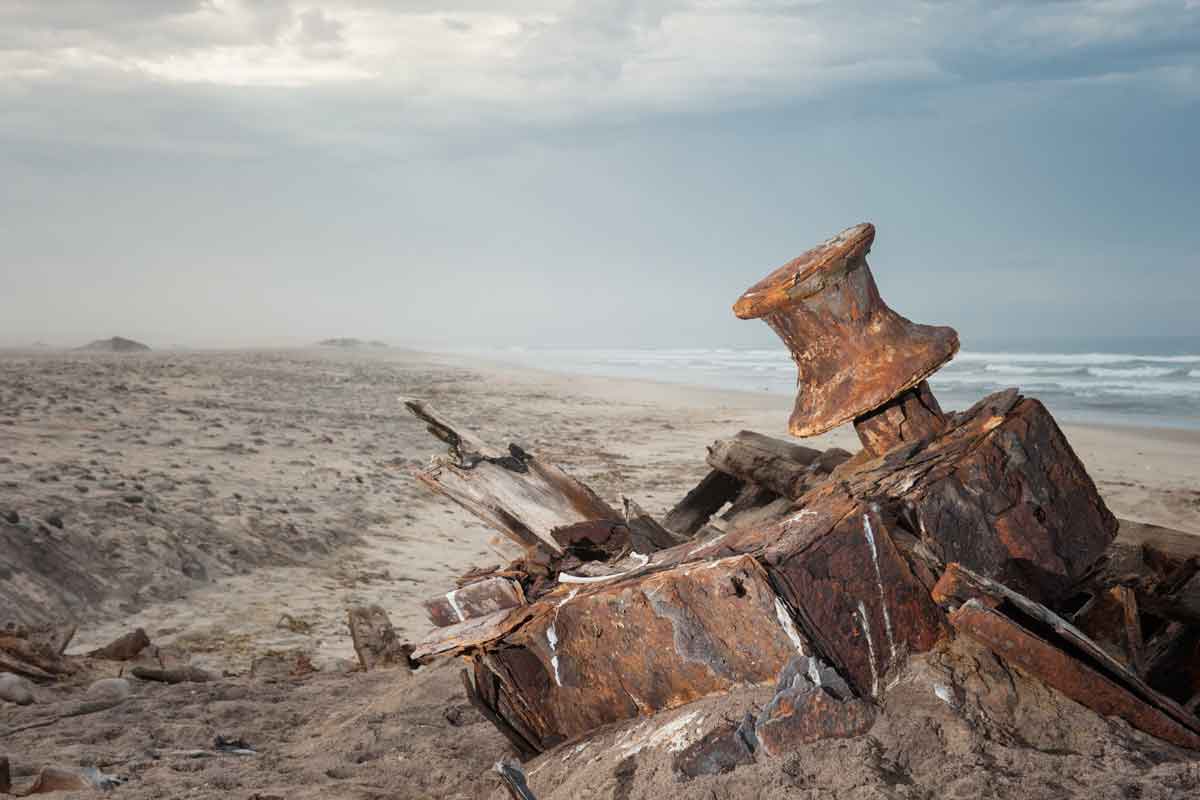
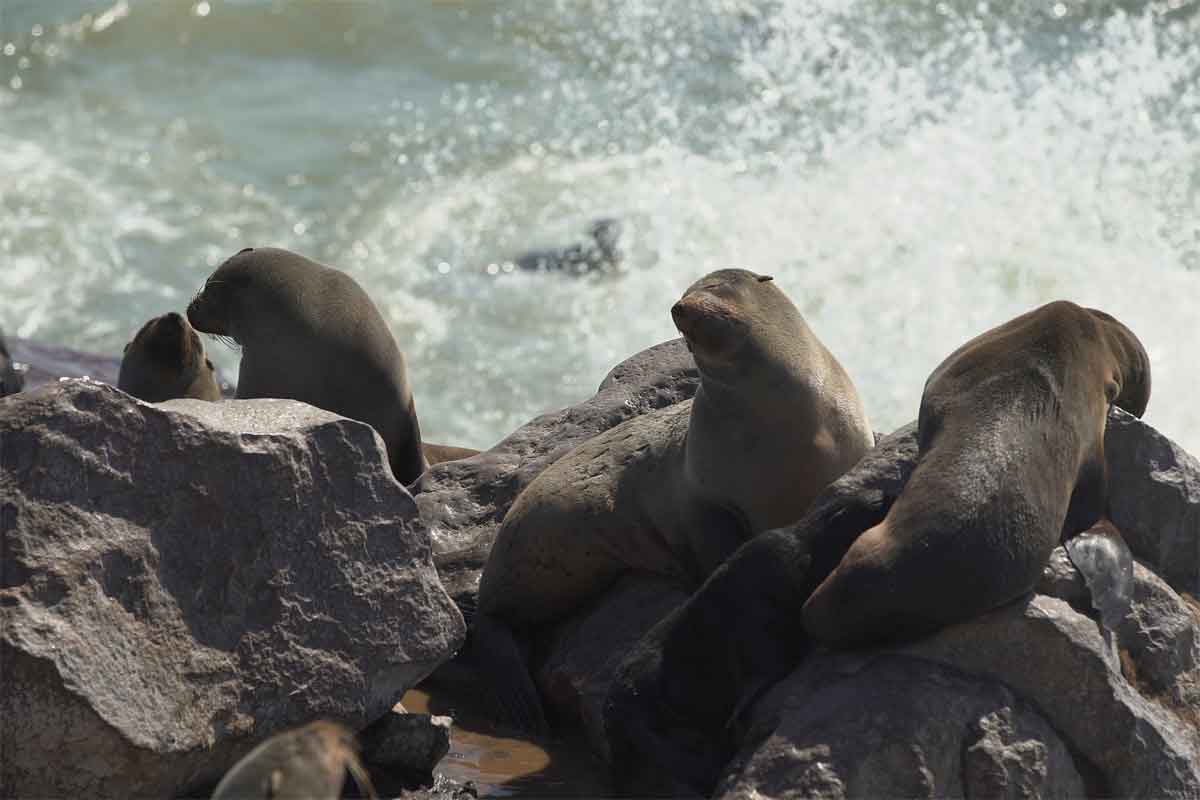
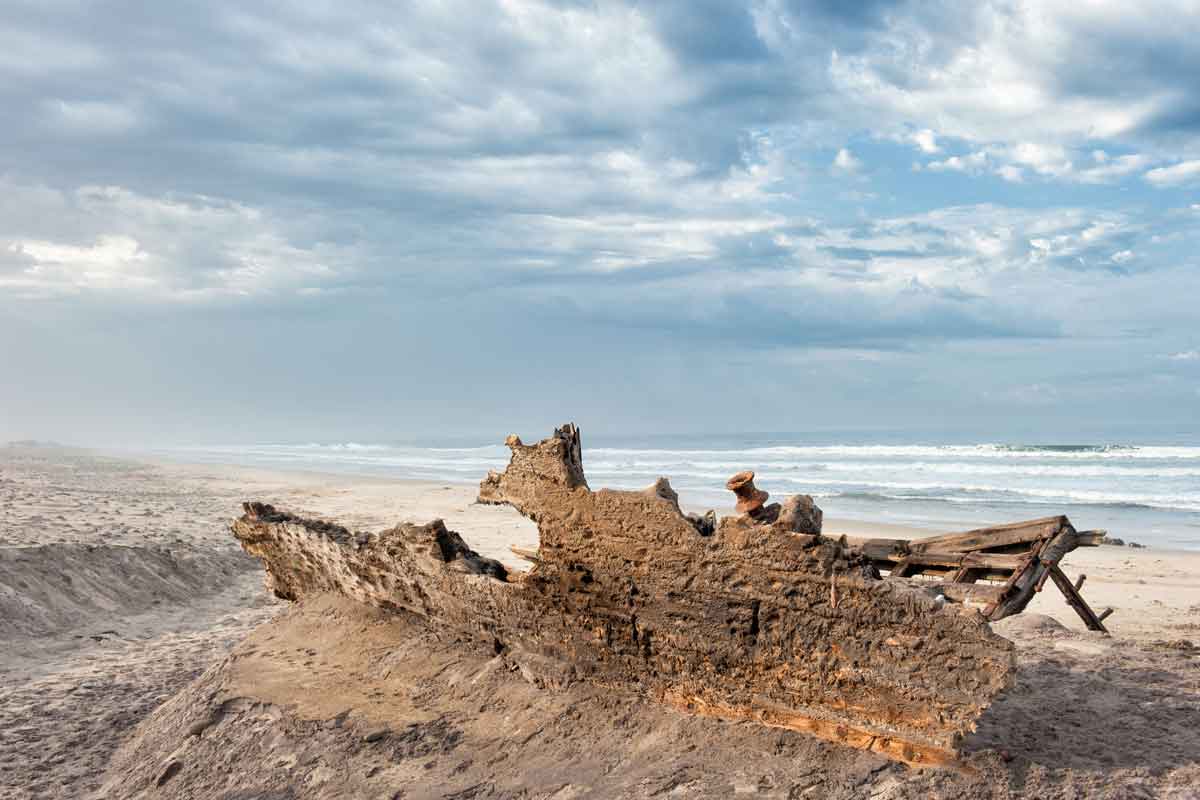
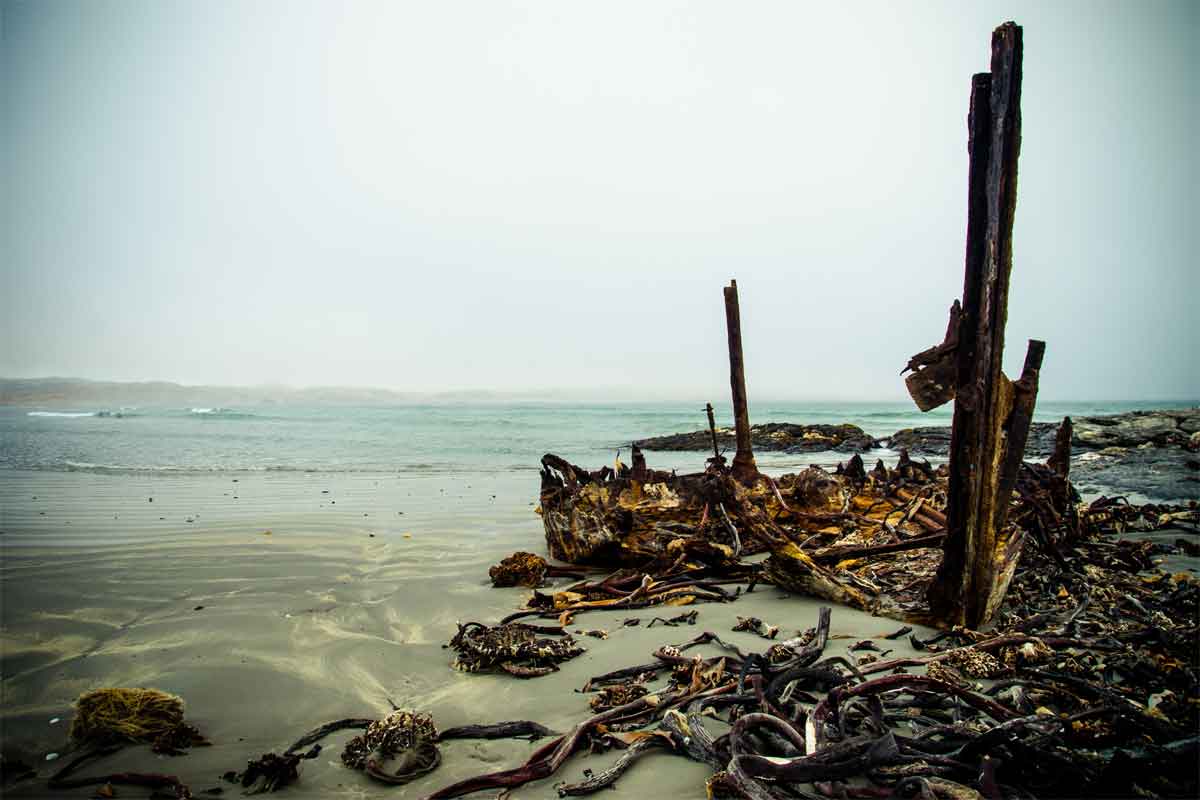
Koakoland
In the far northwest of Namibia, bordering Angola is the Koakoland, one of the most inaccessible parts of Namibia and a true wilderness. . This area is the ancestral home of the proud Himba people. It is recommended that you visit a Himba Village, offering a unique view into this ancient semi-nomadic tribe’s way of life. The desert is breathtaking, with limited wildlife, although the desert-adapted elephants do roam the area. It is here that you can find Epupa Falls, where the Kunene River plunges into the gorge below and carries the only water for miles. Serra Cafema Camp is located in this remote area, along the banks of the Kunene River. It is such a unique place to visit!
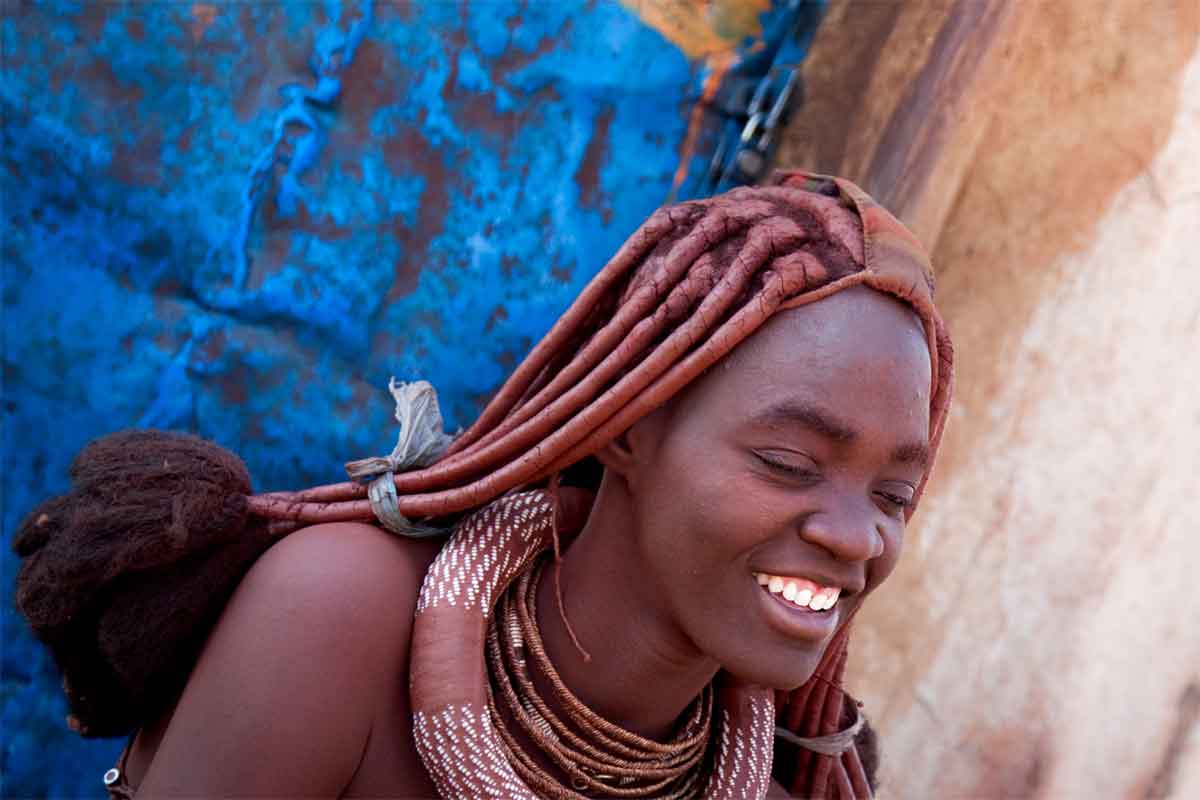
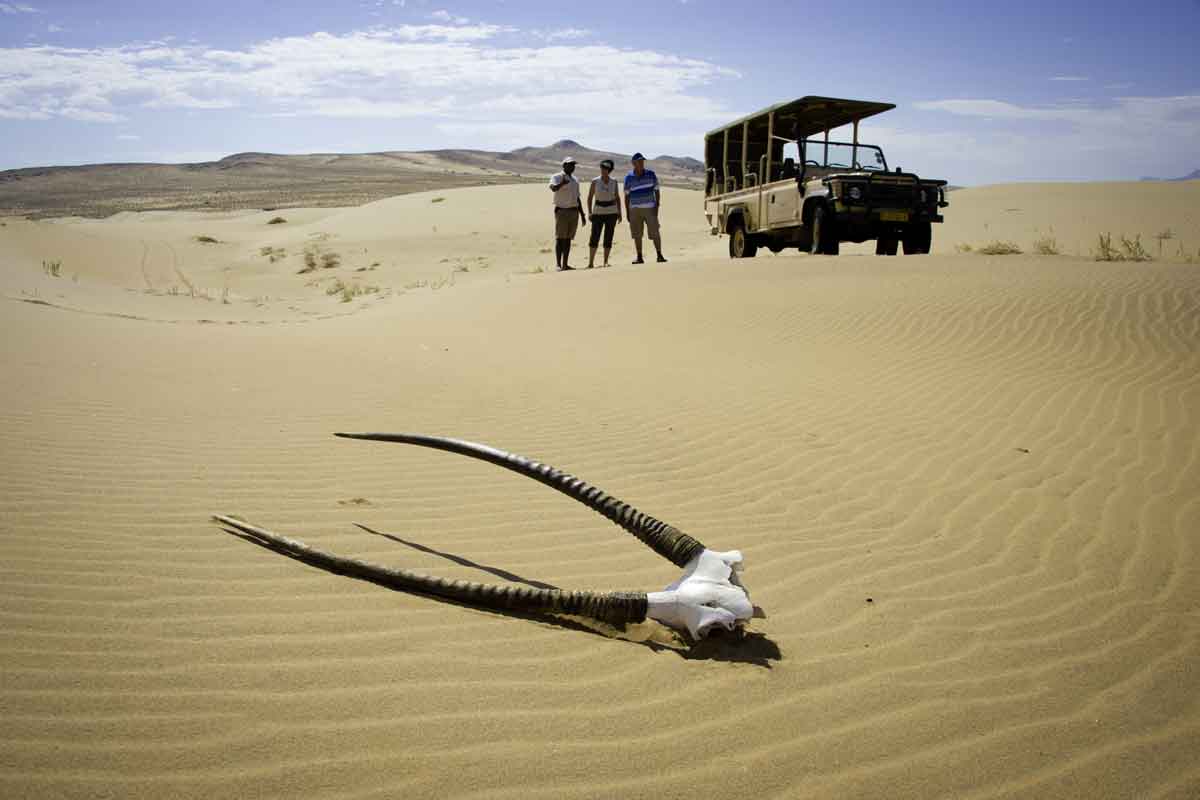
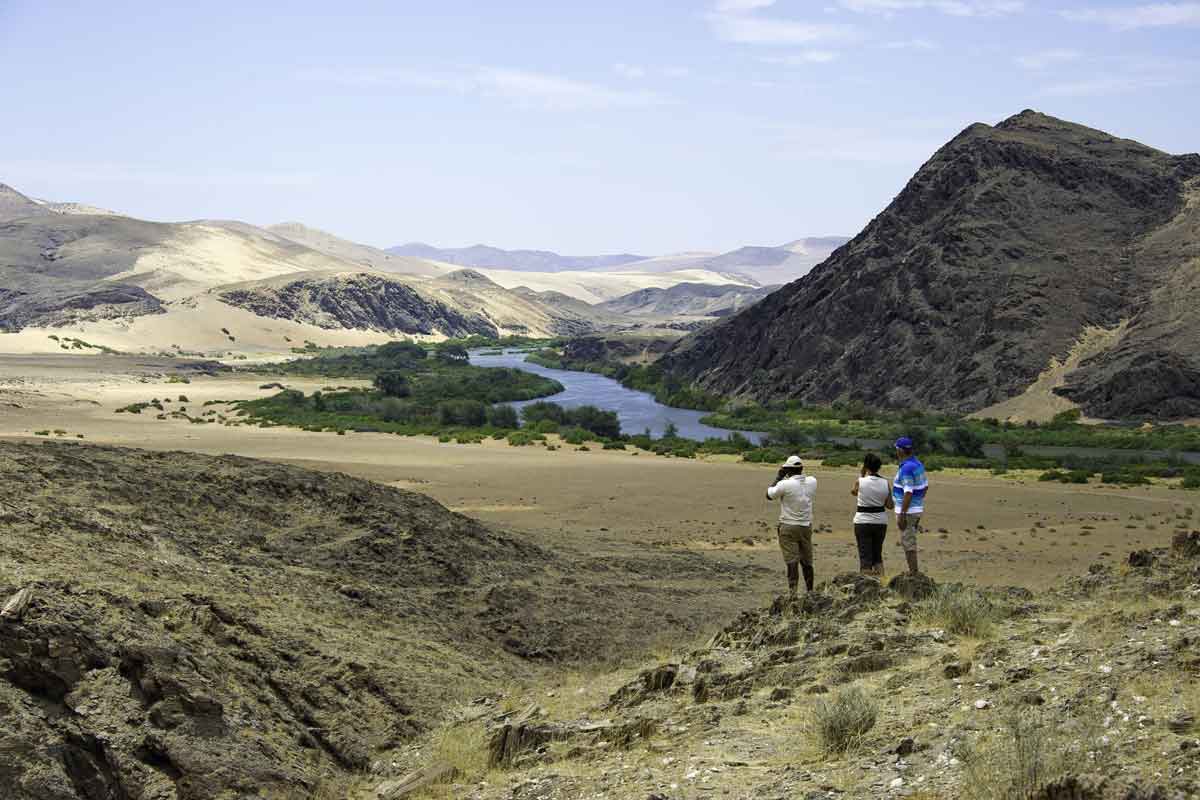
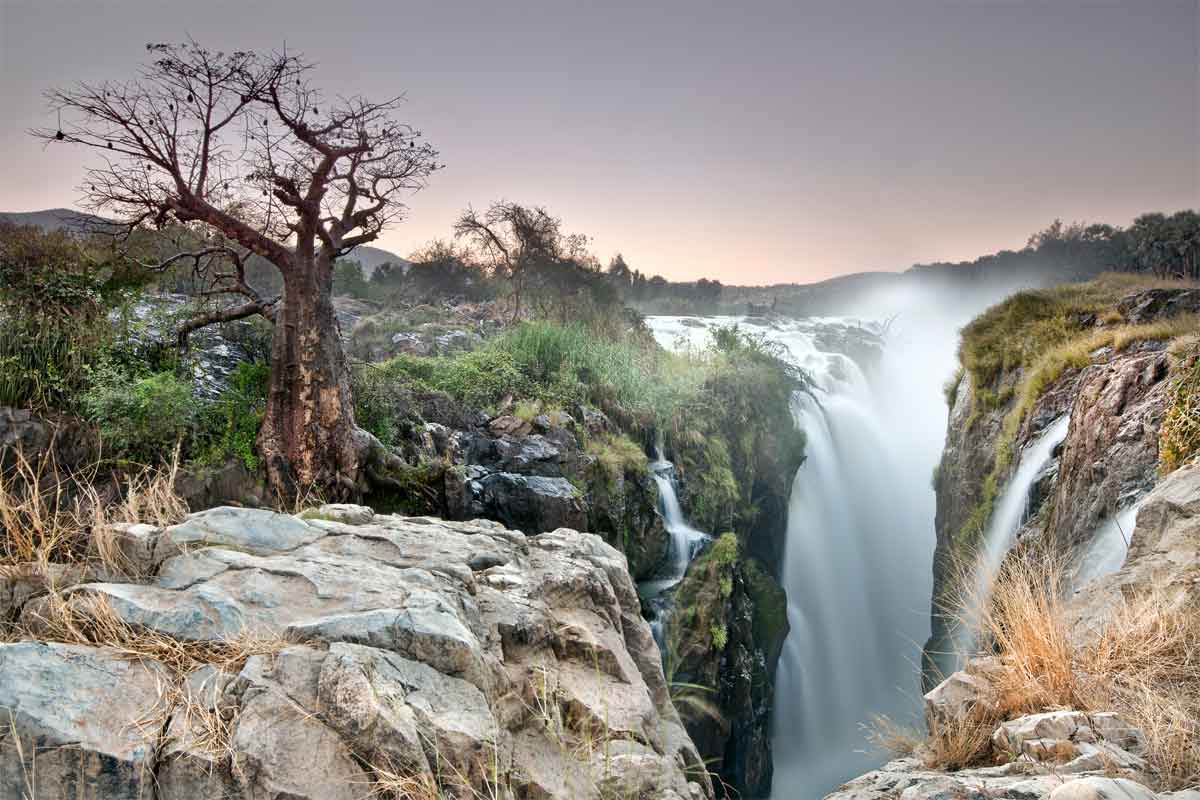
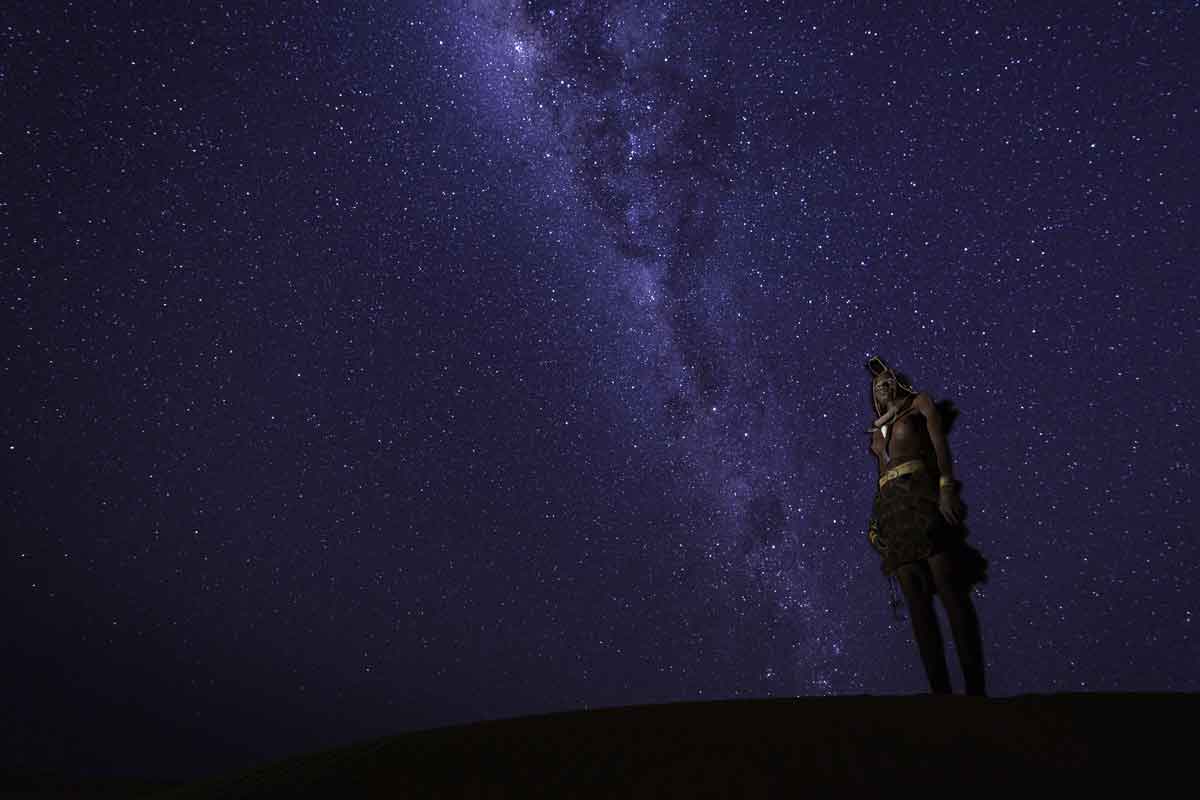
Swakopmund
Located on the coast in Central Namibia is the town of Swakopmund. This quaint laidback town retains a strong German influence, with picturesque buildings, cobbled streets and typical German bars and restaurants. Swakopmund is a great place to visit, you can enjoy adventures like quad biking and camel rides, or a boat cruise out of the harbour. It is a regular stop for self-drivers between Damaraland, the Skeleton Coast and the Namib desert to the south.
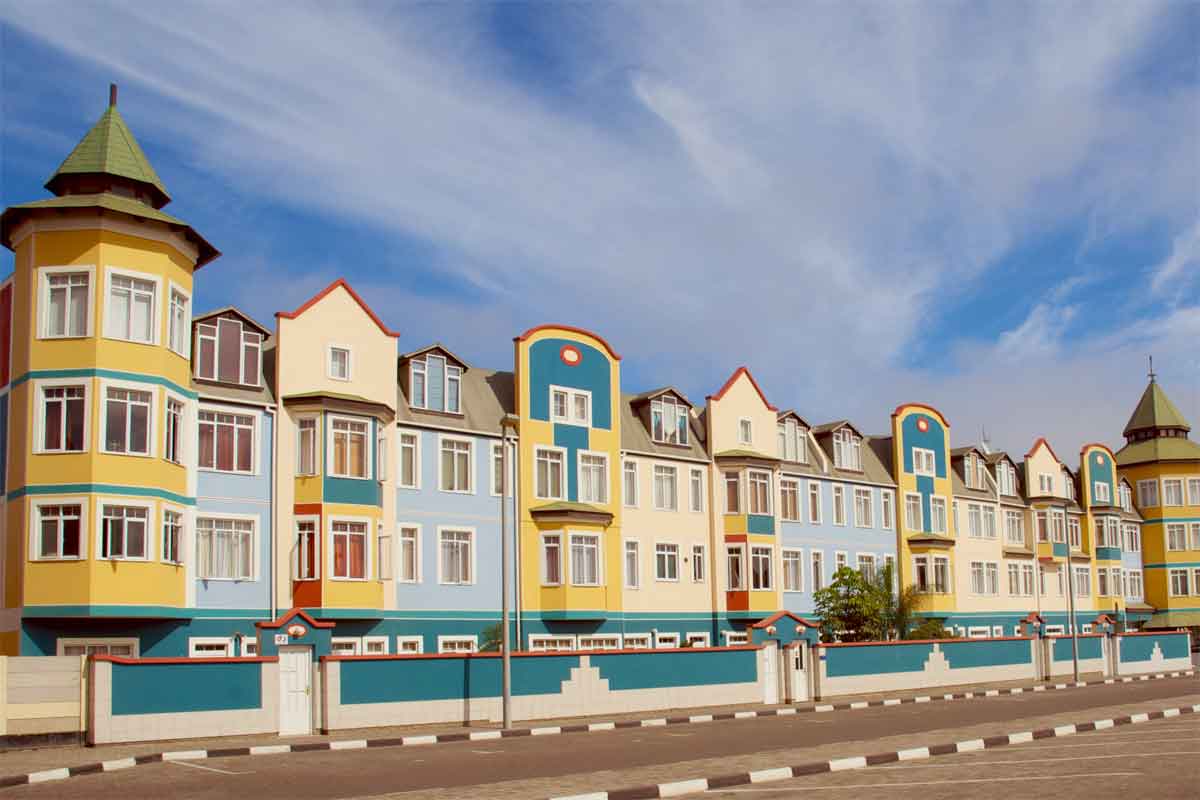
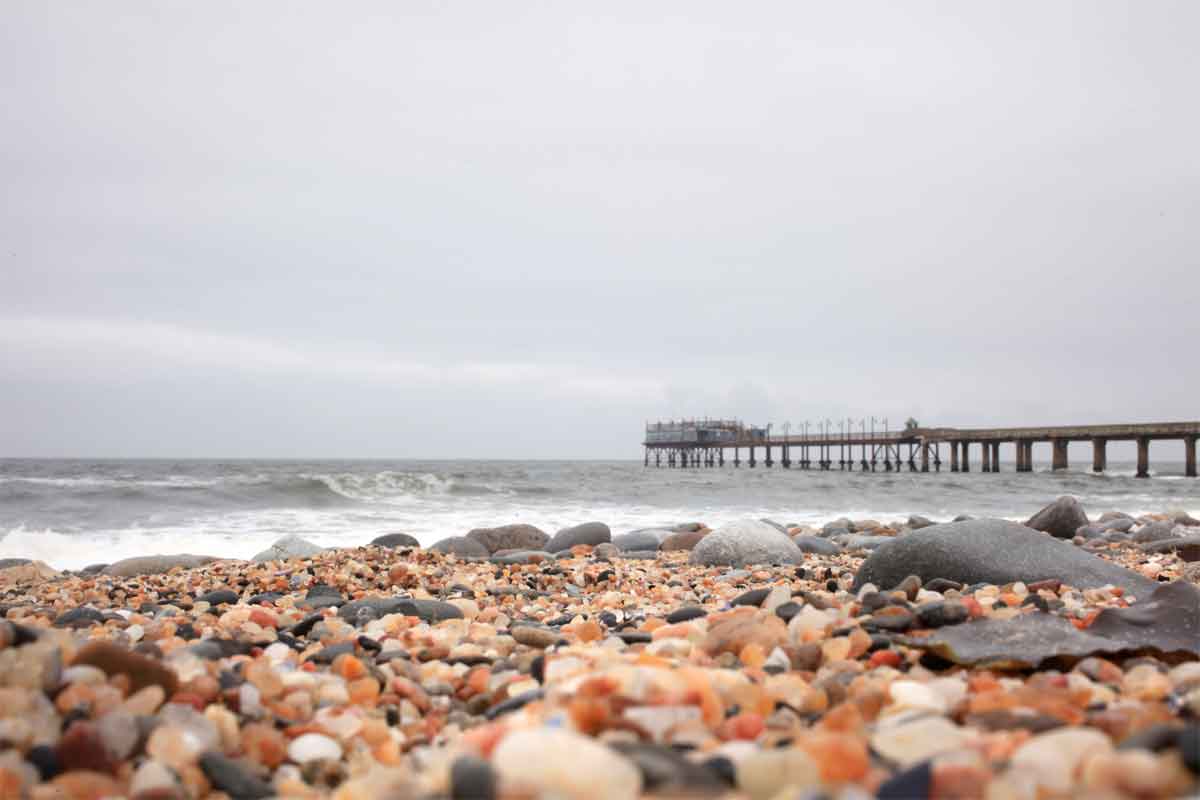
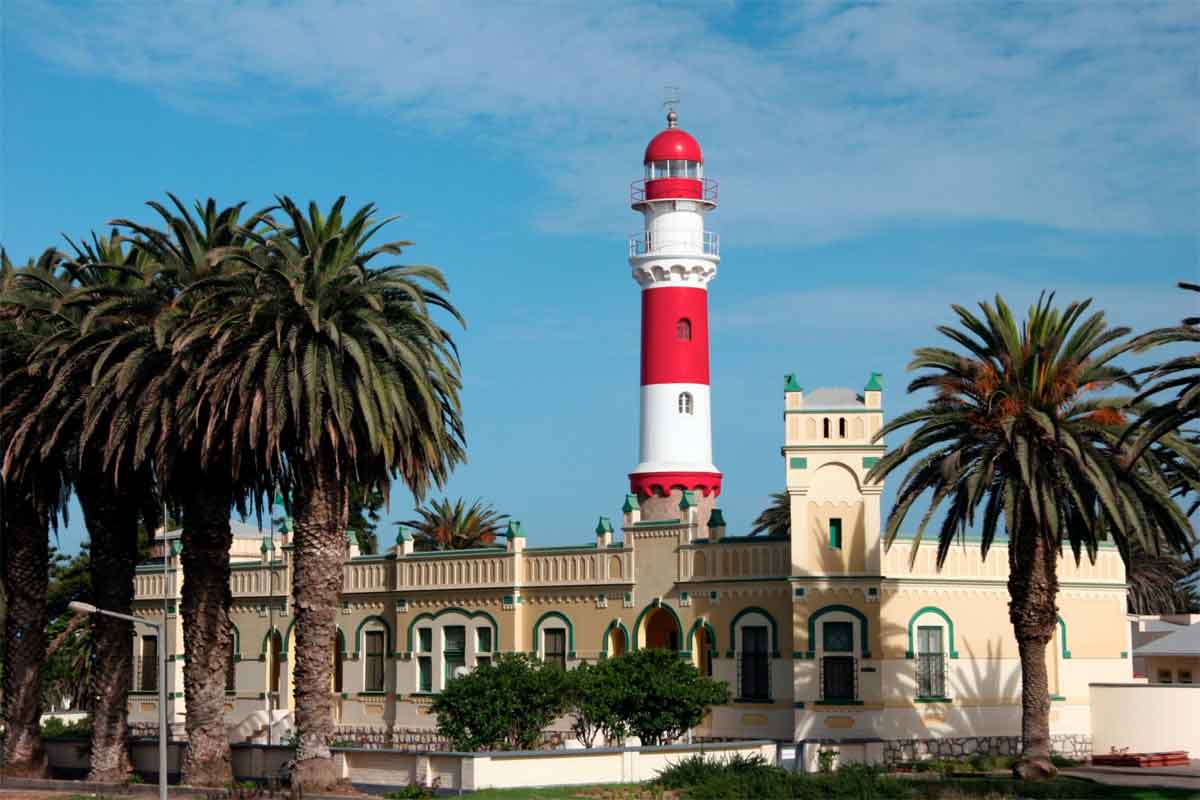
Windhoek
The capital of Namibia is Windhoek and most people will arrive and leave through the international airport here. Windhoek is a bustling town set in a pretty valley with strong German influences. Some of the best beer in Africa is brewed here so be sure to check it out!
